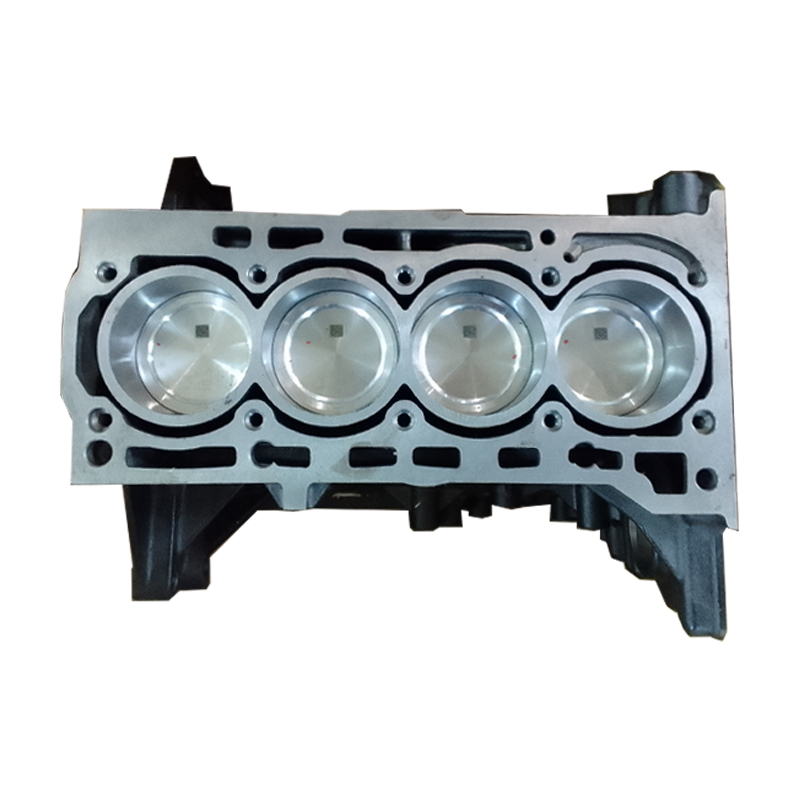Increase fuel efficiency with a top-tier clp engine.
Increase fuel efficiency with a top-tier clp engine.
Blog Article
Exactly How a Clp Engine Can Boost Effectiveness in Numerous Industries
The arrival of CLP engines notes a considerable shift in functional performance across different sectors, driven by their capacity to maximize fuel intake and reduce downtime. As organizations progressively focus on sustainability along with effectiveness, the role of CLP engines comes to be even a lot more critical.
Introduction of CLP Engines
CLP engines, or Constant Fluid Propellant engines, stand for a substantial improvement in propulsion technology, specifically for room applications. These engines make use of a continual feed system that enables the continual expulsion of propellant, bring about improved effectiveness and performance compared to standard strong or hybrid propulsion systems. By maintaining a consistent flow of liquid propellant, CLP engines can accomplish much more accurate drive control, which is vital for maneuvering spacecraft in different mission circumstances.
The layout of CLP engines incorporates advanced products and ingenious fuel management systems. clp engine. This causes minimized weight and boosted dependability, crucial aspects for long-duration space goals. Additionally, the constant operation decreases the danger of combustion instability, an usual obstacle in standard rocket engines.

Benefits in Production
The manufacturing of Continual Liquid Propellant (CLP) engines offers numerous remarkable advantages that boost both performance and cost-effectiveness. One of the key advantages is the structured production procedure, which decreases the complexity related to typical propulsion systems. By utilizing liquid propellant, manufacturers can accomplish greater accuracy in engine performance, bring about maximized energy outcome and lowered waste.
Furthermore, CLP engines assist in a greater degree of modularity, allowing for less complicated combination into numerous manufacturing lines. This flexibility can dramatically decrease preparations and boost general functional versatility. Using CLP modern technology additionally has a tendency to decrease the need for comprehensive upkeep because of fewer moving parts, which translates into lowered downtime and operational prices.

Applications in Logistics
Leveraging Constant Fluid Propellant (CLP) engines in logistics provides substantial advantages in operational performance and integrity. These engines give a robust solution for various transport demands, enabling the smooth motion of goods across vast distances. The fundamental layout of CLP engines enables for regular power result, which equates right into smoother and much more predictable transportation timetables.
One of the vital applications of CLP engines in logistics remains in durable freight transport, where they can drive both ground and airborne lorries. Their capacity to preserve high performance under varying load conditions ensures that distribution timelines are fulfilled, consequently improving customer complete satisfaction. Additionally, CLP engines can be incorporated into automated logistics systems, promoting real-time monitoring and enhancing route planning.
Additionally, the longevity of CLP engines minimizes maintenance downtime, permitting logistics business to maximize their functional capacities. This is particularly beneficial in warehousing procedures, where effectiveness in handling and moving products is critical. As logistics remains to develop, the integration of CLP engines represents a forward-thinking approach that not just improves efficiency but also supports the market's expanding demands for integrity and speed.
Influence On Energy Performance
How do Continual Liquid Propellant (CLP) engines improve power efficiency in transport? CLP engines make use of a constant circulation of liquid fuel, maximizing combustion processes and keeping a secure drive result. This design lessens power losses associated with conventional combustion engines, where fuel delivery can vary and bring about ineffectiveness.
The continual procedure of CLP engines enables an extra effective thermal cycle, causing greater particular impulse compared to traditional engines. clp engine. This converts to reduced fuel usage for the very same this amount of job done, significantly lowering operational expenses throughout numerous transportation fields, consisting of aviation and maritime industries
In addition, the ability of CLP engines to preserve ideal performance under differing lots problems lowers the need for frequent acceleration and slowdown, additionally enhancing gas effectiveness. Enhanced power effectiveness not only adds to cost savings yet additionally results in reduce greenhouse gas discharges, lining up with worldwide sustainability goals.
Future Trends and Innovations
Emerging innovations in Continuous Liquid Propellant (CLP) engine technology assurance to change the landscape of transport efficiency and sustainability. As industries pivot towards greener choices, CLP engines stand at the check that forefront, incorporating cutting-edge materials and design methodologies that boost efficiency while lessening environmental influence.
Among the most promising fads is the fostering of hybrid systems that incorporate CLP engines with renewable resource sources. This synergy can maximize fuel intake and minimize discharges, straightening with worldwide sustainability goals. Improvements in computational liquid dynamics (CFD) are promoting the layout of more aerodynamically efficient engines, leading to decreased drag and boosted fuel efficiency.
Furthermore, the development of smart surveillance systems is readied to boost operational effectiveness. These systems take advantage of information analytics and IoT technology to maximize engine performance in real-time, making sure that the engines operate within their most effective criteria.
As research remains to explore alternative propellant solutions-- such as biofuels and artificial fuels-- the future of CLP engines looks appealing. By harnessing these advancements, industries can not only boost their efficiency but likewise contribute considerably to a cleaner, extra sustainable future in transportation.
Final Thought
Finally, CLP engines stand for a significant development in effectiveness throughout several sectors. Their capacity to optimize gas usage and minimize functional prices, combined with a continuous feed system, enhances power outcome and operational reliability. The assimilation of advanced materials and fewer moving parts reduces maintenance requirements, while positioning with sustainability goals positions CLP her response engines as a critical modern technology for the future. Proceeded technology in this area assures more enhancements in performance and ecological efficiency.
Report this page